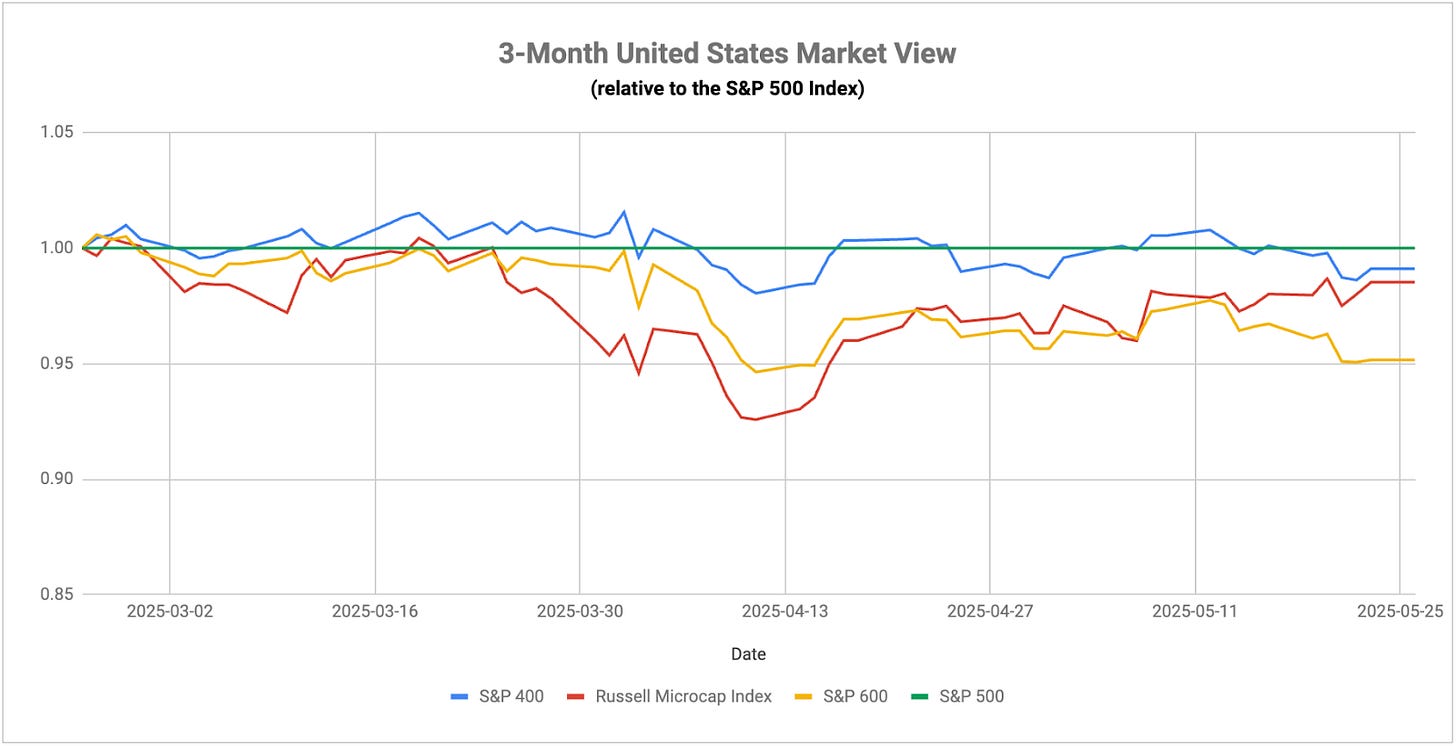The theme of the moment continues to be trade policy between the U.S. and its global partners. After a period of relative calm that resulted in a rebound rally for risk assets, we’re back to the day-to-day “will he, won’t we” that created a lot of the problematic volatility we saw in April. The 50% tariff threat against the European Union was walked back within a couple of days following a weekend phone call. While the latest delay is a short-term positive for stocks, it creates the kind of uncertainty that’s making it impossible for investors to know what to expect and for businesses to do any type of forward planning. Perhaps there’s some structure around policy decisions in that they tend to center around very short-term sentiment and the latest discussions, but that’s incredibly difficult for the general investing public to remain apprised of and creates a lot of challenges for portfolio positioning.
The bond market remains one of the bigger warning signs right now. The volatility in global bond yields is not only causing Treasuries to not work as a risk-off asset at the moment, it’s created a big challenge for the ability to use fixed income effectively at all. Japanese bonds and the yen are often considered safe haven assets next in line to U.S. Treasuries and the dollar. Long JGB yields have rocketed higher to the point where the Bank of Japan is going to pull back on the issuance of 40-year bonds altogether. The federal debt and the huge budget deficits that would likely come as the result of the passage of the Trump tax cut bill doesn’t look like it’s going away from the market’s view anytime soon. That’s likely going to put pressure on bond yields to keep moving higher as asset class correlations begin to increase.
One interesting development over the past few days has been Treasury Secretary Scott Bessent’s mention of the supplementary leverage ratio as a tool to lower Treasury yields and add a little stability to the bond market. A reduction in this ratio, which is deregulation in its purest form, would allow financial institutions to add more Treasuries to its balance sheet. Whether this serves to stabilize bond yields remains to be seen. After the regional bank crisis a couple years ago, banks would probably stick to Treasury bills instead of long bonds, so any impact on long-term yields would probably be minimal. Either way, it’s another effort by the government to bring bond yields lower.
The markets might be encouraged by the recent release of the May consumer confidence reading. The final number came in well above expectations, which is consistent with what we’ve from other survey data following the U.S.-China tariff suspension. This doesn’t feel in any way unexpected since the rebound in stocks has already confirmed the improvement in sentiment. I’d expected to see some normalization moving forward given how the “quiet” period for trade relations seems to be ending and giving way to the return of the stop and start rhetoric regime.
Keep reading with a 7-day free trial
Subscribe to The Lead-Lag Report to keep reading this post and get 7 days of free access to the full post archives.


